A set of 2 posters explaining the theatrical styles of Realism and Non-Realism.
Use this set ofeducational postersto display information about the dramatic performance styles of Realism and Non-Realism. These posters are useful for students who are studying drama in the classroom, learning about the elements of drama and the concept of ‘dramatic action’, as well as those who are learning the basics of theater and performance skills.
The posters include information about:
Realism
Drama in a realistic style can include dramatic action that looks like…
- Actors creating believable characters: feelings, thoughts, motivations, relationships
- Realistic use of voice: expression, volume, clarity
- Realistic use of movement: posture, walk, facial expressions
- Tells believable stories: situations, time and place
Non-Realism
Drama in a non-realistic style can include dramatic action that looks like…
- Freezeframes: Freezeframes are like creating photographs using our own bodies. They can be used to start and finish scenes, or used halfway through to emphasize an important moment.
- Exaggerated characterization (language, voice, movement): The way you create a character using voice and movement can be used to emphasize certain attributes of that character.
- Mask and costume: Masks and non-realistic costumes can be used to help create characters and communicate ideas too.
- Direct address: Direct address is when a character speaks directly to the audience.
- Movement or mime: Movement or mime can be used at any time to emphasize an important moment or an important idea.
- Song and dance: Singing and dancing can help to tell stories and create dramatic meaning.
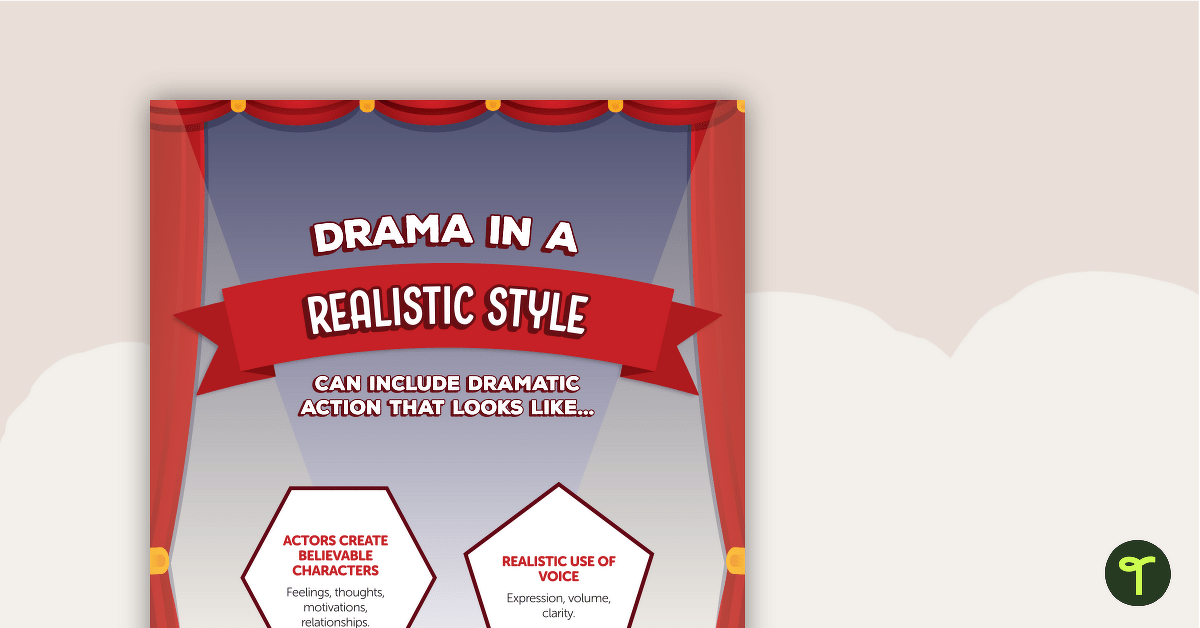

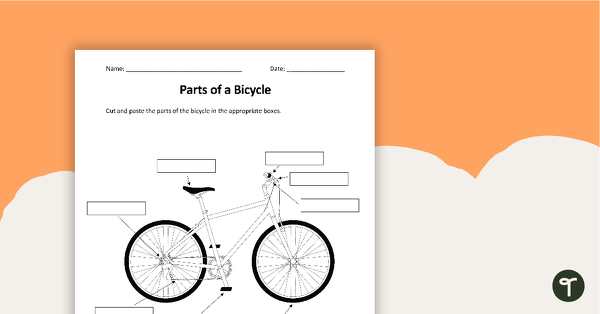
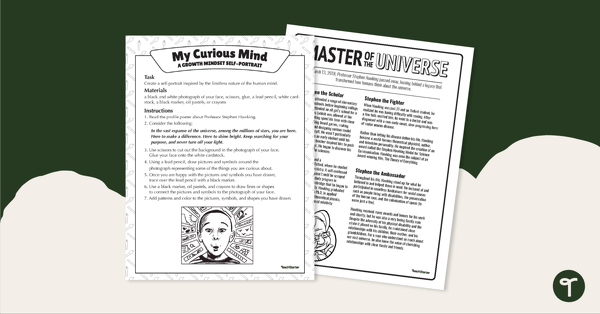
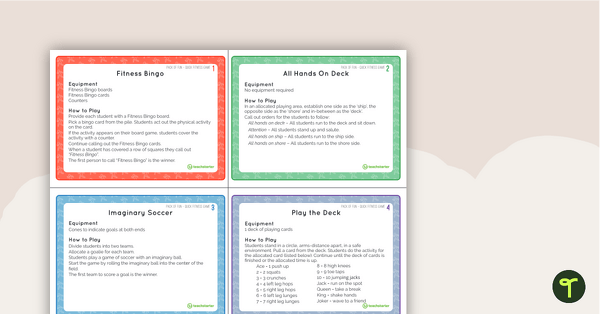
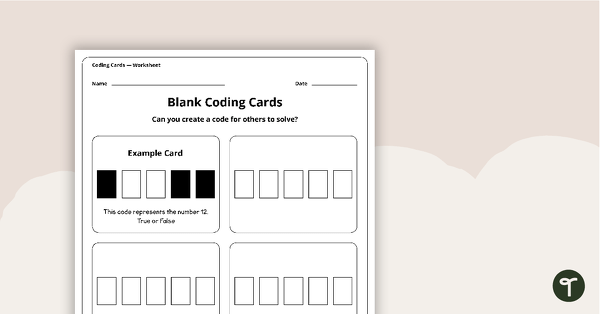
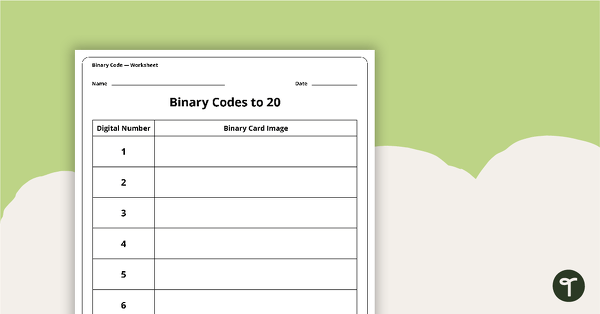
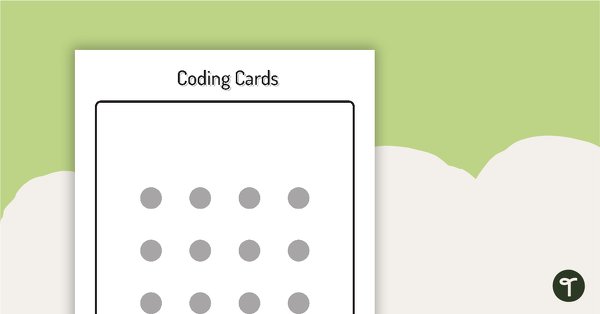
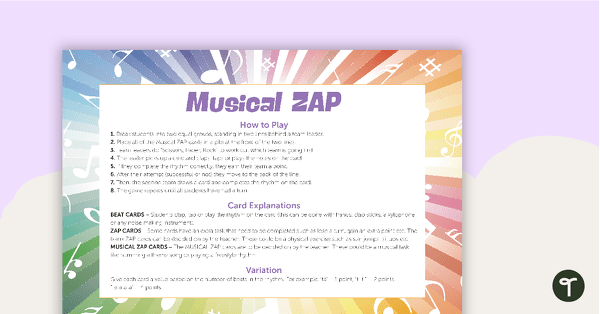
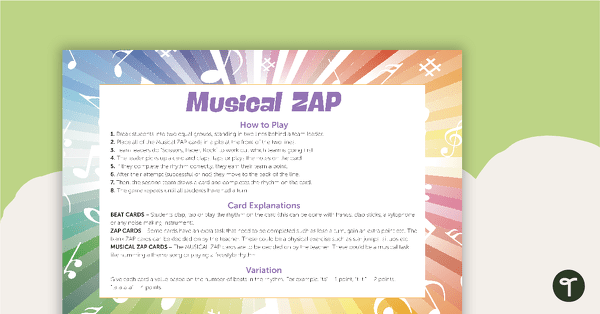
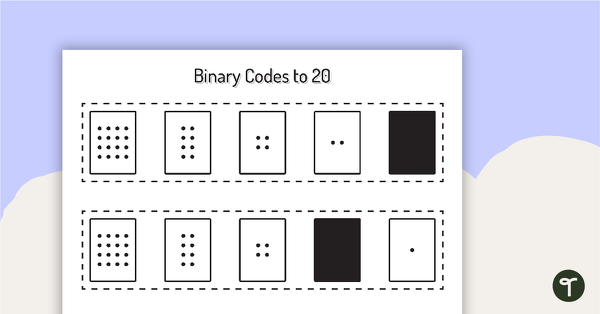
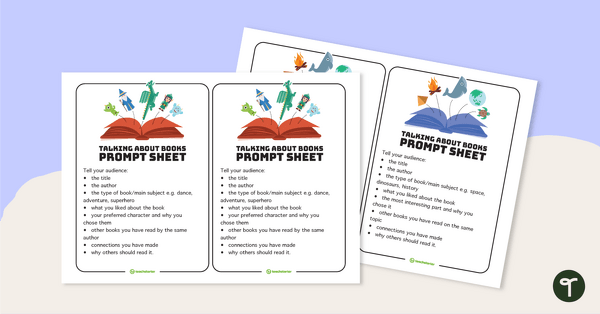
0 Comments
Write a review to help other teachers and parents like yourself. If you'd like to request a change to this resource, or report an error, select the corresponding tab above.